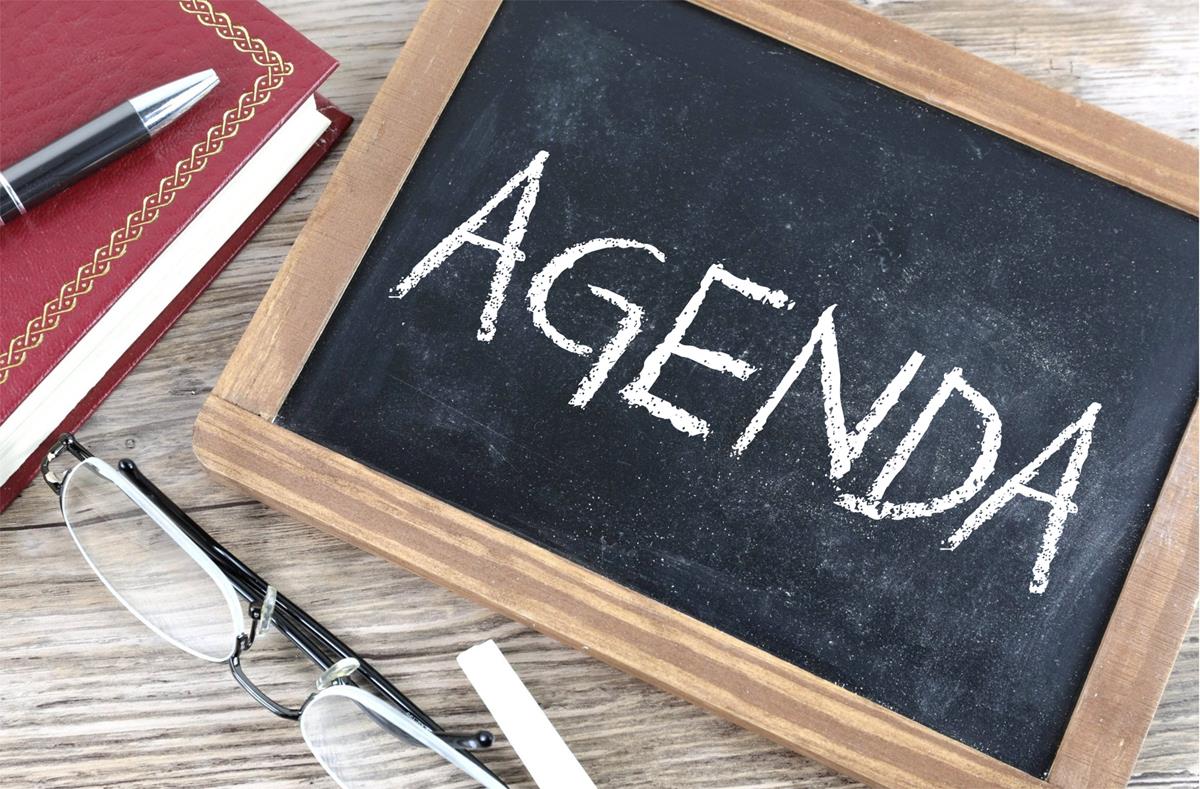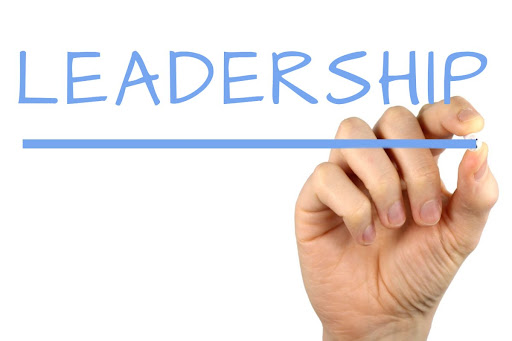Work Evaluations
Your first work evaluation at a new job can be a scary experience. But it’s your opportunity to show your supervisor your strengths and work habits. Here are some steps you can take to prepare for your first work evaluation.
Review Your Job Duties
Before your evaluation, review your job responsibilities and the goals set by your manager. Preparing ahead will give you a better understanding of what you should be focusing on and what your supervisor is looking for. Make sure you understand the company’s mission and goals and how your role directly contributes to the results.
Reflect on Improvements
You need to take some time to reflect on your accomplishments since starting your new job. Think about the projects you’ve worked on, the skills you’ve developed, and the contributions you’ve made to the organization. Also, consider areas where you could improve or where you have struggled. Being aware of needed improvements will help you have a productive conversation with your boss.
Prepare Examples
In order to communicate your accomplishments and areas for improvement, it’s important to have examples to back up your claims. Document examples of specific projects or tasks you’ve worked on that demonstrate your skills and contributions to the company.
Also, have data or metrics to show your progress and performance for your team. You need to be prepared to answer the hard questions as well as have solutions for improvement.
Come Prepared with Questions
Your work evaluation is also an opportunity to ask questions and get feedback from your employer. Prepare a list of questions you have about your work responsibilities, the company’s goals or any other feedback. I keep a running list of questions and answers throughout the year. This way, I’m not surprised by my manager’s questions of me during the evaluation process.
Be Honest
During your work evaluation, it’s important to be honest and open-minded about your performance and areas for improvement. You need to accept honest, constructive criticism and take the feedback given to you into consideration for future development. Every boss is different, and most lead from areas of their strengths, so listen with an open heart and mind.
By reviewing your job, reflecting on your goals and areas for improvement, you will be ready for your evaluations. Be sure to prepare examples and evidence of your year’s work and come prepared with questions.
If you are open and honest, you can make the most of your first work evaluation and impress your boss. You’ll be able to demonstrate your value to the organization and develop a plan for growth and success in your role for the future.
Wishing you the very best in your long career!
Follow my website for more career advice: KathyHusserTempe.com






